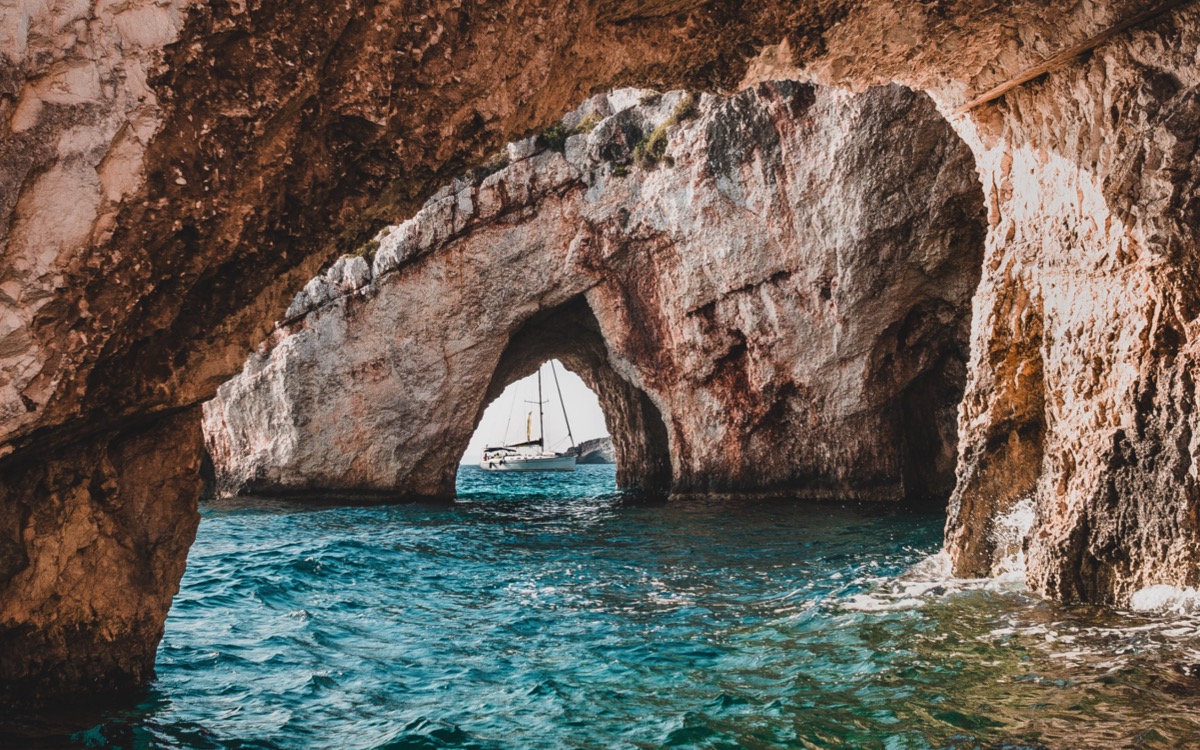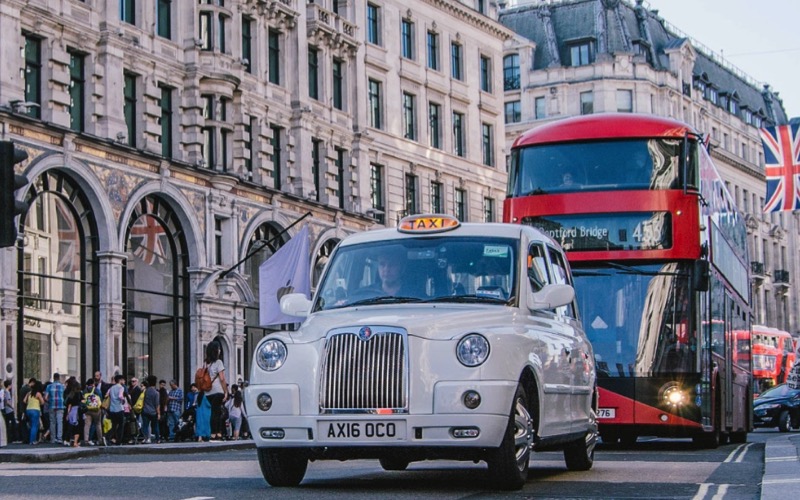
Lazy Load Blog Photo Post
The smaller the size of the image - the faster the page will download. An image large enough to display on a computer with decent quality is really too big for downloading on mobile phones. To save loading different sizes for the different devices, the image percentage image width can be reduce for wider brower settings and screens.
This container is set to 1200px max width but the image's width is set to 75% so the image size can be reduced to 800px wide and give the same quality and faster download.
Lazy Loading
Normally, when a web page downloads in the browser, all the images have to download at once even if they are not in view. Lazy loading is a method of delaying the download of images that are not in the viewport. More images are loaded as the page is scrolled just before they appear in view.
Employing a lazy load script makes a huge difference to the page download time and should be considered if the page has more than two or three images..

